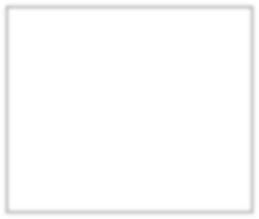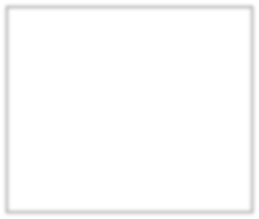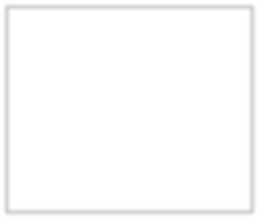Childhood obesity is a major public health concern. Multidisciplinary pediatric weight management programs are considered standard treatment for children with obesity and severe obesity who are not able to be successfully managed in the primary care setting; however, high drop-out rates (referred to as attrition) are a major hurdle in delivering successful interventions. Predicting attrition patterns can help providers reduce the attrition rates. Previous work has mainly focused on finding static predictors of attrition using statistical analysis methods. In this study, we present a machine learning model to predict (a) the likelihood of attrition, and (b) the change in body-mass index (BMI) percentile of children, at different time points after joining a weight management program. We use a five-year dataset containing the information related to around 4,550 children that we have compiled using data from the Nemours Pediatric Weight Management program. Our models show strong prediction performance as determined by high AUROC scores across different tasks (average AUROC of 0.75 for predicting attrition, and 0.73 for predicting weight outcomes). Additionally, we report the top features predicting attrition and weight outcomes in a series of explanatory experiments.
翻译:儿童肥胖症是一个主要的公共卫生问题。多学科儿科体重管理方案被视为对在初级保健环境中无法成功管理的肥胖和严重肥胖儿童的标准治疗方案;然而,高辍学率(称为自然减员)是成功干预的一个主要障碍。预测自然减员模式可以帮助提供者降低自然减员率。以前的工作主要侧重于利用统计分析方法寻找自然减员的静态预测因素。在这项研究中,我们提出了一个机器学习模型,以预测(a) 自然减员的可能性,和(b) 加入体重管理方案后不同时间点的儿童身体-质量指数(BMI)百分率的变化。我们使用一个五年数据集,其中载有我们利用Nemours Pediarical Weight 管理方案的数据汇编的约4 550名儿童的信息。我们的模型显示由AUROC在不同任务中的高分数(平均0.75AUROC预测自然减员,0.73预测体重结果)。此外,我们报告一系列解释性实验的顶部预测自然减员和体重结果。






